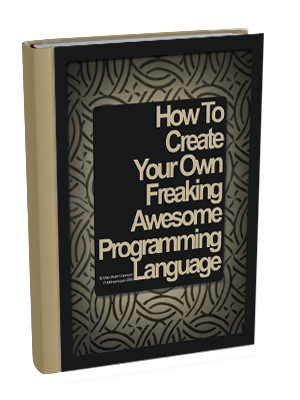How I was onboarded to the fully distributed, remote team, along with a couple of things that have really surprised me about life at Buffer.
I still get a jolt every time my phone lights up with a notification about an email from my now manager, Hailley Griffis.
After weeks on tenterhooks while I went through the application and interview process for my dream job — checking my phone at every available moment for a ‘You’re through to the next round’ email — it’s a tough habit to break.
I’ve been Buffer’s newest content writer for a little over 30 days, and it still feels a little surreal that I’m here. I made it.
I almost didn’t send my application. I knew it would be competitive — Buffer’s values and perks are like a sirensong for talented people all over the world — and, you know, imposter syndrome is a thing. (I wasn’t wrong. Hailley and the team received over 1,500 applications for the role! She wrote about how they handled the tidal wave of amazing applicants in The Content Writer Role at Buffer: What We Looked For In Applications).
I’m definitely glad I didn’t know how stiff the competition would be going in, as I doubt I would have had the confidence to apply. (As an aside: this is your sign to shoot your shot. You never know what might happen.)
Regardless, I’m so grateful I was able to ignore that little naysayer in my head and take the leap! Working at Buffer has been everything I hoped it would be — and a huge learning curve.
Here, I’ll share exactly how I was onboarded to the fully distributed, remote team, along with a couple of things that have really surprised me about life at Buffer as I got settled in.
The one with the offer
I had my final interview with Buffer founder and CEO Joel Gascoigne on my birthday — and found out I got the role that same day!
I was enjoying a birthday dinner with family, my phone within reach so I could obsessively check my emails when it lit up with a Gmail notification. An email from Hailley. My first thought was: “There’s no way they would have let me know this soon. They ruled me out after my interview with Joel. It’s over.”
And then I read the subject line: “We’d love to invite you to join the Buffer journey, Kirsti!”
I let out a sound somewhere between a squeal and a squawk, which had my sister and her fiancé going, “What? What? What happened? Did you hear back?”
I told them. Cue tears. More squawk-squeals all-round. Even our waiter was very excited.
When the hubbub had subsided, I read Hailley’s email several more times to make sure I understood everything — it was a lengthy one. In it, she had outlined everything about the job offer, including:
- My salary (worked out according to the Buffer Salary Calculator, which takes into account my role, experience level, and the cost of living in my city).
- My level in Buffer’s Careers Framework.
- A proposed start date (though she encouraged me to take some time off ahead of that).
- The benefits I could expect including a grant for dependents as part of Buffer’s Family Support Fund, private healthcare insurance reimbursements, 16 weeks of paid parental leave, a Kindle and unlimited books, and more.
She also flagged Buffer’s salary transparency policy: “One more element that I know you are aware of but I wanted to mention again is that we try to live our value of transparency by sharing our salaries openly,” she wrote. “If you choose to come on board with us, we want you to be fully aware that your first name, city, and salary will be added to our transparent list here.”
This was one of the first things Joel and I had discussed in our interview, so I was already fully aware of and on board with this.
I happily accepted the offer then and there. Hailley was thrilled to hear from me so soon, and she responded before the night was out (she is a couple of hours behind me). Next, I should expect to hear from Jenna Meindertsma from the People Operations team, she said.
“She will reach out with more information soon and help get your accounts provisioned so you can log in to everything on your first day. I'll also set up an onboarding document that you'll have in advance — you'll likely be online before me so we'll ensure you have everything for whenever you start your day.”
My Buffer onboarding
Onboarding at a fully remote company is tricky. There’s no one to greet you when you walk in the door, hand over your equipment, give you a tour, and introduce you to everyone. To make things even more complicated, Buffer is fully distributed. We have teammates in 53 cities in 20 different countries. Timezone overlap is a challenge, to say the least.
But Buffer has been fully remote since 2012, so they’ve put a lot of work into helping new teammates from Toronto to Thailand feel welcome and productive.
Here’s a look at how it works.
Gearing up
I heard from Jenna a few days later, about a week ahead of my start date. She shared everything I could expect over the course of the next few weeks and asked me to fill out some forms with additional information they needed to get me set up. Her email included a well-chosen GIF, which summed up my feelings pretty well:
She also shared more about the home office stipend, which I was really excited about. I’ve been working remotely since 2021, so I already had the essentials in the home office I share with my husband. Still, I’d long been looking to upgrade my space for productivity.
“If you’re interested in starting to set up (or update) your home office, we provide a $1,000 allowance to reimburse you for any costs to create a cozy work-from-home space,” Jenna wrote. “We also have an additional, yearly $250 personal equipment stipend for ongoing work needs! These stipends do not expire so you're welcome to use them in the future as well.”
I’m one of those folks who need multiple screens to be at my most efficient, so I bought an extra monitor for my desk, some new earbuds (mine had given up the ghost), plus a really fun RGB mouse.
The day before I was due to start, Jenna sent me another email that included everything I needed to know about the various tools and software I’d need to set up to get cracking on my first day (along with another excellent GIF).
As a bit of a geek, I couldn’t resist getting everything sorted the night before so I’d be able to jump straight into onboarding on my day one. Jenna had sent an invite to Google Workspace over to my personal account, so I could get my buffer.com email sorted. (Seeing my name followed by ‘@buffer.com’ nearly had me tearing up again.)
Once I had logged into my Buffer email account, I found invites to all the other essential tools I’d be using waiting for me in my inbox. “Be on the lookout for a lengthier email from me with more details regarding which tools to use for what and which ones we’d recommend getting set up first!” she added.
Per her instructions, I dutifully created accounts on Okta, a workforce management tool, Slack, Threads (not the Meta version — this one is a Slack alternative, but more on this below), and crucially, Dropbox, where my onboarding documents lived.
“Hailley will be reaching out to you to chat and ensure you have everything you need,” Jenna added. “We’ve also paired you with a culture and role buddy who will guide you through your first 90 days at Buffer. Please take a break anytime your brain and/or eyes hurt from all the screen time!”
With that, I was all set for my first day at Buffer.
Week 1
My Cape Town timezone is many hours ahead of Hailley and most of the rest of the Marketing team. My fellow content writer, Tami Oladipo, who is based in Nigeria, is only an hour behind me, but thanks to Buffer’s fully flexible way of working, she comes online later in the day and works into the evening. So when I logged on at 9 am on my first day, I was on my own for the first few hours.
But thanks to the two meaty onboarding documents waiting for me — along with some lovely comments from my new team and a welcome video that gave me the warm fuzzies — I was all set.
There were two documents I lived by in my first few weeks at Buffer: my Cultural Onboarding doc and 30/60/90-Day Plan. As time has worn on, I’ve been able to refer to them a bit less, but they still have pride of place on my bookmarks bar.
Much of my first week (which, since I started on a Tuesday and we have a four-day workweek at Buffer, was only three days) was spent pouring over these documents. This also involved working my way through the deep library of resources these docs linked to, and ticking off various onboarding tasks in my checklist.
Buffer's Cultural Onboarding document
I wasn’t kidding about this document being a meaty one — 4,169 words and 30,790 characters long. (Yes, I checked.) It detailed exactly what I could expect over the coming four weeks and beyond: an introduction to my onboarding team, a high-level overview of Buffer’s various systems and processes, a host of additional resources to read through, and a checklist of tasks to complete.
It was a lot to take in, and more than a little intimidating. What helped is that the team really acknowledged this — this is one of the paragraphs that helped put my mind at ease:
“The first thing to keep in mind is that we hope you have fun! Onboarding and being part of a small business can be stressful at times. Try to enjoy it. One of the measures of success we’d like you to use to assess your onboarding will be whether you’re enjoying your work and your team on a daily basis. We don’t take this work lightly, but we do recognize that we are very lucky to be doing it together. Try to take a few minutes every day to celebrate the ways in which this work brings you joy.”
My Onboarding Team
When I think back on this phase of my onboarding, I like to picture Hailley, Tami, Julia, and Jenna doing some kind of superhero slow-motion walk, Guardians of the Galaxy-style. They were really the heroes of helping me settle in so quickly at Buffer, and made me feel safe and welcome from the get-go.
Here’s an outline of their roles in my onboarding, straight from my doc.
Manager: Hailley Griffis: You’ve likely already met with your manager a handful of times during the interview process, they are excited to begin working with you!
Role Buddy: Tami Oladipo: Your role buddy will guide you through the specifics of your role at Buffer. They will be your go-to for all role-related questions.
Culture Buddy: Julia Cummings: Your culture buddy will guide you through learning Buffer's culture (values, transparency, communication, and more). They should be your go-to for all culture-related questions.
Jenna Meindertsma: Jenna will be assisting with the logistics of your onboarding, and is your go-to for any questions on tools or accounts.
I’ve been meeting with Hailley, Tami, and Julia weekly since I first started at Buffer, and chatting to Jenna regularly on Slack. I loved the compartmentalization of this — I knew exactly who I could speak to about what. It also meant I wasn’t pinging Hailley constantly for the first few weeks (though I did that a fair bit anyway…).
30/60/90-Day Plan
My inner Hermione Granger loves a bit of structure and thrives when what is expected of me is clearly laid out — so she is a huge fan of this doc. My 30/60/90-day plan went deeper on exactly what I’d need to accomplish in my first four weeks and what success in my role would look like beyond the 30-day mark.
It offered more insight into how the Marketing and Content teams worked and linked out to a whole bunch of project and archive documents that painted a full picture of everything we were working on and why.
My personal favorite here was Hailley’s ‘A History of Our Blog’s Performance and Content Team (2023)’ — as rich and varied as you’d expect from a blog that started way back in 2011. She included a video of herself walking through the document as well, which I absorbed like a podcast as I poured over the history of our analytics.
Documents like this have been incredibly valuable to me as I get settled in.
A Buffer history lesson
Getting to understand the ‘why’ of a business is a luxury most employees don’t have — but Buffer’s default to transparency — and a deep library of documentation — means major moments in the company’s history are all available for perusal.
Buffer’s history has shaped so much of the way we work now that I found myself scouring the various articles in our Open Blog and documentation on Notion (more on that Notion space later) for a huge chunk of my first week.
A really interesting example of this is how the Buffer values evolved over time — they’re similar, but not exactly the same as those the company started out with. Another fascinating look behind the curtain is Joel’s post, Reflecting on 10 Years of Building Buffer, which uncovers everything from the birth of the product, why he and the other company leaders at the time decided not to sell, buying out investors, and more.
A very Buffery welcome
The highlight of my first week was, without a doubt, my welcome thread.
As is standard practice for new Bufferoos, Hailley took to Threads to share that I had just joined the team, along with a bit more about me (some fun stuff Jenna had asked for in those early emails).
I expected a couple of emojis and maybe a handful of messages, but the kind comments I received on that thread were the gift that kept on giving — and my first look at how Buffer’s values (particularly ‘show gratitude’ and ‘choose optimism’) were put into practice.
The thread spawned conversations about cozy games, parenting, and fantasy books that lasted weeks, and it was amazing to find common ground with my new teammates on things that meant so much to me. Thousands of miles apart though we were, it made me feel connected to them.
Week 2: Finding my feet
In week two, I was ready to roll up my sleeves and get to work on my new job: creating content for the Buffer blog. But before I get into that, something I know many people are curious about: how we work at Buffer.
How we work
When I started writing this article, I shared on poll on Twitter and LinkedIn asking folks what they would most like to know about life at Buffer. Overwhelmingly, the response was ‘How we work’. Since this was the week I really got to grips with the various systems and processes, I thought it would be worth unpacking here.
To help you understand how we work at Buffer, the best thing to do is explain how we communicate, since good communication is really the backbone of everything we accomplish.
Again, no mean feat when you have teammates working in timezones that span 20 countries. This is where some clear guidelines come in handy. While all the various teams at the company put their own spin on this, here’s the gist, right out of our company handbook on Notion:
- Slack: For fun casual chatter, along with real-time collaboration and notifications.
- Threads: Collaboration, decision-making, and internal information sharing.
- Notion: Where we keep our handbook, which includes information about our policies, practices, and culture. This is the best place to store reference material that teammates may want to refer to regularly. We also have an “internal collaboration” section of Notion, which is used for transparent project tracking.
- Paper (by Dropbox): For in-progress documents. Here you'll find notes for meetings, brainstorming, proposals, and more. When what you're working on is finalized, consider archiving it, or copying the content to Notion if others will be referencing it.
- Zoom: Video chat tool where we hold most meetings.
- Email: Primarily for communicating externally. Please use cc and bcc to keep things internally transparent when appropriate. Some teammates also use email to monitor notifications from other tools.
Along with the tools we use to communicate, we also have etiquette guidelines to explain how (especially important when some teammates' peak work time is the middle of the night for others). Among these, you’ll find suggestions like:
- Check all communication tools every workday. Some teammates prefer to use each tool’s notification system, whereas some use their email to manage and triage those notifications. Either way, make sure that you have a system that works for you.
- Please reply or emoji-react to all DMs directly to you, as well as messages that tag you.
- We try to be flexible with each other when possible. When you are able, please be willing to move a meeting, get up early, or stay on late to make it easier for another teammate to participate in a synchronous discussion. They’ll do the same for you.
- We try to be positive, clear, and kind in the way we speak to each other. This is partially due to our values (for example, optimism and gratitude), and partially because it’s not as easy to “hear” someone’s tone in a written format like Slack or Threads. Don’t worry about mimicking this; just be your kind self. When in doubt, use “extra words” and emojis to convey your tone.
Going live
We had our bi-monthly editorial meeting in my first week, where I was assigned my very first blog post. It was as part of our Ask Buffer series, answering a question we’d had from a reader: Ask Buffer: How Many Social Media Platforms Should a Small Business Be Active On?
Several days before publishing, I sent over a high-level outline to Hailley, to which she added a couple of comments and suggestions. A day or two after that, I filed a draft of the full article. Given that the answer to this question, in a nutshell, is: “It depends on a whole host of factors,” I may have gone a little too deep in my first draft, and there was some work to be done.
Thankfully, Hailley’s feedback was thoughtful, kind, and encouraging, so this didn’t leave me feeling despondent. We worked on the tweaks together, and the article went live according to our content calendar — and seeing my byline on the Buffer blog was another close-to-tears moment for me.
Weeks 3-4: Hitting my stride
I’d go into detail about how the Buffer content team works here, but since Hailley has done a brilliant job explaining all this in her article, How Buffer’s Content Team Collaborates + Our Content Calendar Template, I’ll point you in that direction for more.
As is clearly outlined in my onboarding docs, I’m generally expected to complete three things every week:
- One new article
- One content refresh (polishing up some of the older content on our blog)
- Getting involved in the Buffer community
On top of this, I’ve been given the space to take the lead on some longer-term projects — I’m taking on a bit more responsibility in the community, plus two SEO-related blog clean-up projects, which are already proving to be fun and challenging!
As I’ve gotten settled in and more comfortable with Buffer’s systems, tools, and processes, my productivity has increased week-on-week, and I’m happy to report I’m meeting my role expectations every week — in some, even managing to squeeze in an extra article or refresh.
I’m finding my articles need less editing as I adapt to the Buffer tone and style, too — largely thanks to Hailley’s thorough explainers in all the comments she leaves in my drafts, rather than just making the edits herself.
30-day review
As the 30-day mark drew nearer (it came around in no time!), Jenna popped me a message to remind me about my 30-day self-review.
This was in my onboarding doc, so I knew it was coming: after their first month on the team, Bufferoos and their onboarding buddies are asked to fill out reviews (this will happen at the 60 and 90-day marks, too).
The questions I answered included:
- How is the new role and Buffer as a company lining up to your initial expectations?
- What’s going well?
- What goals do you want to set for the next 30 days?
These turned out to be pretty useful for this article — much of what I’ve unpacked below came from my self-review musings! Also, at the time of writing this, I just got off a call with Hailley on my 30-day review from my onboarding buddies, which I’m happy to report were positive!
3 things I found surprising after joining Buffer
The Buffer Values are felt everywhere
From the moment I joined the team, I was struck by how well people communicate with each other — not only in terms of effectiveness but kindness, too. The Buffer values shine through in so much of what we put out into the world — but I’ve felt it most in how everyone engages with each other.
Communicating the essentials succinctly but also in a tactful, optimistic way is really an art and a science. Having come from organizations where results and efficiency are prized above all else, it’s been like a breath of fresh air to engage with people who value their relationships with each other as much as they do the work.
We genuinely work flexibly
There is no clock-watching — or rather, Slack-watching — here at all. Flexible working is something that almost every company I’ve worked for has advertised, but never really put into practice.
But at Buffer, people define when they work and are trusted to get the job done. Whether that means they are available on Slack from 9 am to 5 pm their time, or prefer to work on and off between errands or caring for their kids. There is a give and take here, as you’ll have picked up in our communications guidance. Timezone overlap issues might mean you’re around a little earlier or later than usual for some meetings, but you’re free to adapt your working day to make this work for you.
Speaking of kids: as luck would have it, my toddler daughter had several bouts of illness during these few weeks. The first few times I had to dip out to care for her or take her to the doctor, I felt incredibly guilty — how would this look in my first month on the job?
But Hailley was quick to reassure me after I sent through some flustered apologies on Slack. “I wish I had more advice there [on how often kids get sick] but I can just say we’re a really flexible workplace and people genuinely rearrange schedules and move deadlines with sick kiddos. It happens and we can work through that together, I’m not worried about it, in case that helps!”
With this reassurance, I was able to finish up work when my daughter was asleep in the evening, or even dip out for whole days to care for her, without feeling stressed about work at all.
The four-day workweek is real — and it works
Buffer implemented a four-day workweek back in May 2020 and never looked back. I’d already read how, 18 months later, 73 percent of the team was able to work Monday to Thursday and enjoy a three-day weekend. But I’ll be fully honest here: the former journalist in me was skeptical. I didn’t really believe a four-day workweek could possibly work.
I thought perhaps, best-case scenario, there would be a culture of people logging in on Fridays to be “the hero” — but this is not the case at all.
As a Buffer newbie, I want to put this on record. Barring a couple of folks on the advocacy team who work Fridays and take another day of the week off in lieu of that, or those who have opted for shorter days rather than four days, hardly anyone works on a Friday.
Doing something by ‘the end of the week’ means Thursday. On Thursday evenings, my teammates wish everyone a great weekend. On Friday, our Slack is a ghost town.
But a four-day workweek requires some solid time management and prioritization skills — and it’s something I’m still adapting to. These are both areas of self-improvement for me. So right now, I mostly use Friday as an overflow day, though I definitely take it easier than I would Monday through Thursday. As I get even more settled and pick up some momentum, I’m sure that Friday will soon be the start of my weekend, too.
60, 90, and beyond
My journey at Buffer has just begun — and it somehow feels simultaneously like I’ve been around forever and no time at all. I’m definitely starting to feel comfortable, like I’m finding a good rhythm, I still have plenty of learning and growing to do.
All of which, of course, I’ll be exploring in my 60 and 90-day self-reviews — and perhaps on our Open Blog, too. If there is anything you’d like to know about life at Buffer as I get further along in my journey, let me know! Leave a comment here, or find me on LinkedIn.
Recommended Story For You :
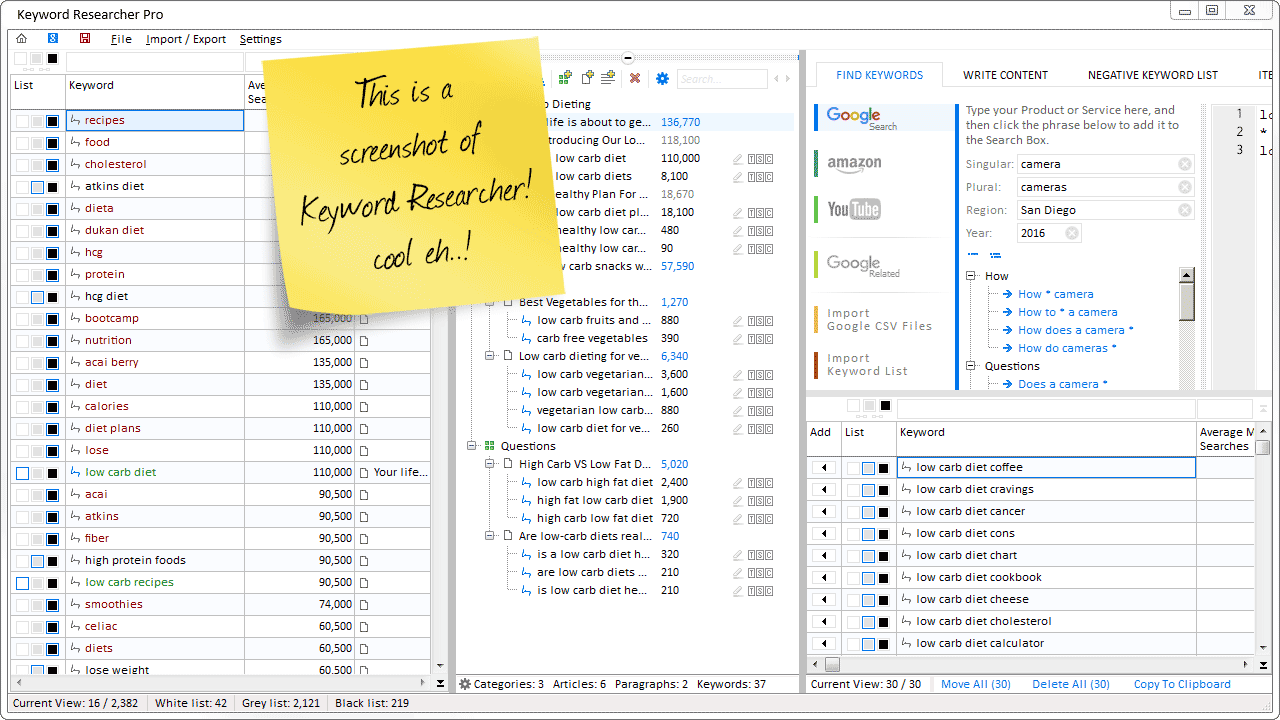
Organize Keywords and Import CSV Files from the Google Keyword Planner
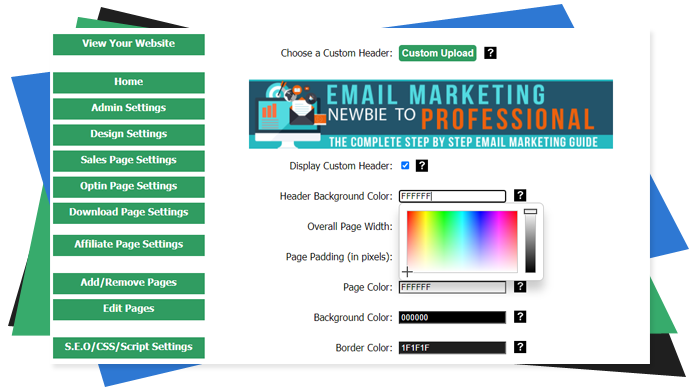
The Most Affordable And Easiest User Friendly Page Builder You Will Ever Use!

Instant WordPress Theme That Matches Your Website
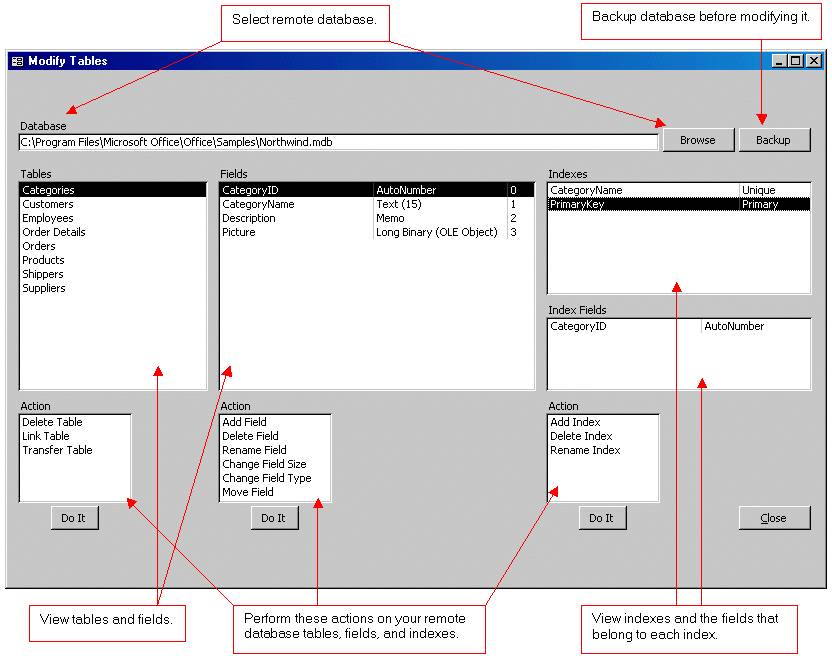
Wizard to Manage Remote Backend MS Access Database Tables Fields and Indexes

If you had an aisle-by-aisle grocery list wouldn't you spend less money on impulse items?
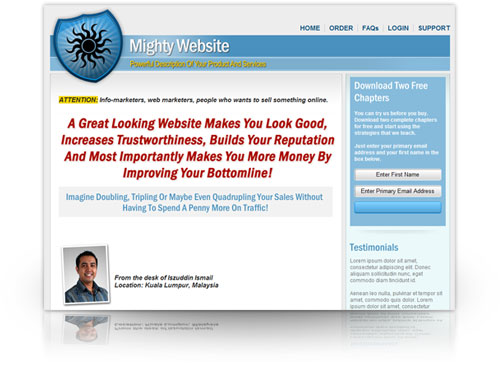
everything you need to create a professional corporate look mini-site is there.
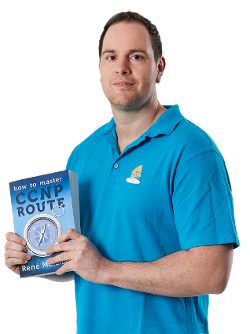
Unlock Your Networking Potential with GNS3Vault

Viper Cache Was 77% Faster Than The Competetion

Understanding Stock Market Shorting eBook
